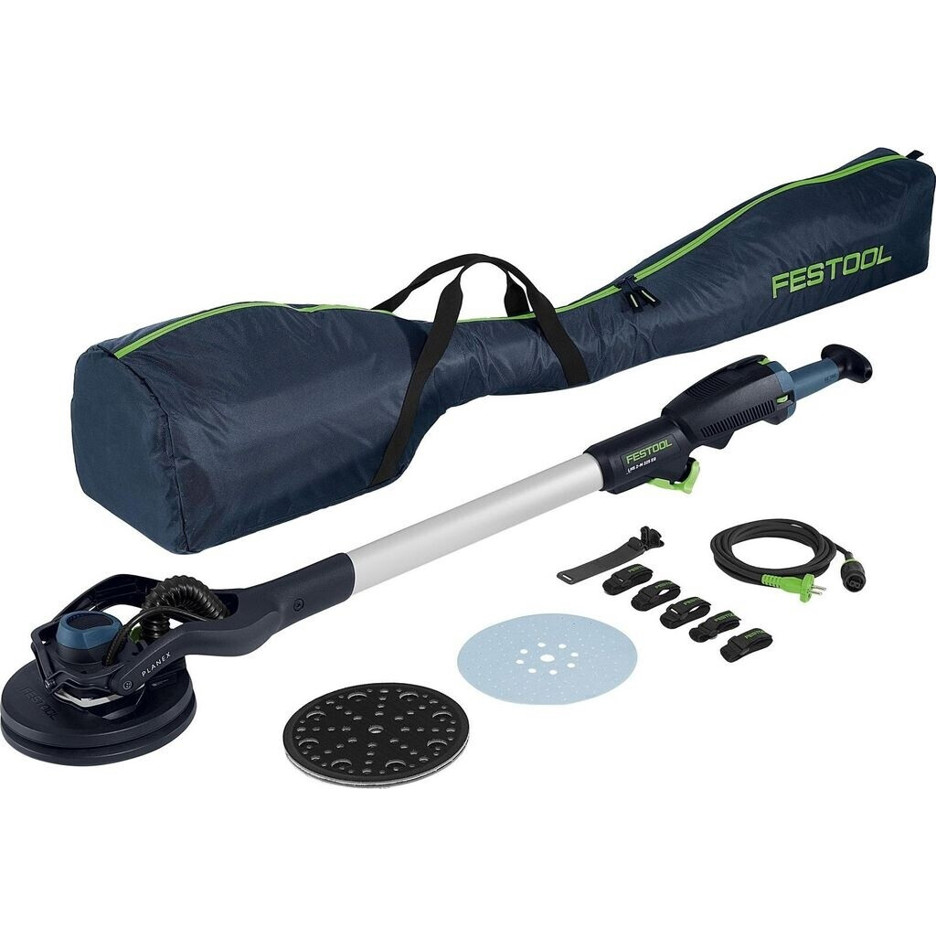20 Things You Must Know About Long-Neck Sander Test

Understanding the Long-Neck Sander Test: An Overview for Professionals
The long-neck sander test is an important assessment in various construction and painting jobs, primarily focusing on accomplishing smooth surfaces on large surface areas. Myntek intends to inform experts about the specifics of the long-neck sander test, its significance, methodology, and how it enhances work quality in various trades. We'll cover everything from typical FAQs to specific details in tabular form, ensuring a comprehensive understanding.
What is a Long-Neck Sander?
A long-neck sander, also called an extended reach sander, is a tool created for sanding large surfaces-- especially ceilings or tall walls-- that would otherwise be tough to reach with traditional sanders. The design generally includes a long manage linked to a sanding head, making it possible for users to achieve a smooth finish without the need for scaffolding or ladders.
| Kind Of Long-Neck Sanders | Description | Finest Use Case |
|---|---|---|
| Pneumatic Sanders | Air-powered, light-weight | Industrial and automobile applications |
| Electric Sanders | Corded or cordless | Residential paint and drywall completing |
| Manual Sanders | Hand-held however extended | Touch-ups and information work |
Value of the Long-Neck Sander Test
The long-neck sander test serves multiple functions, including:
- Surface Quality Assurance: Ensuring that a surface area is consistent and without flaws might avoid concerns in subsequent work phases, such as painting or sealing.
- Functional Efficiency: By examining the efficiency of a long-neck sander, professionals can identify the ideal method and methods that will save time and resources.
- Safety Assurance: Reducing the requirement for scaffolding or comprehensive ladder work reduces fall threats, thus promoting a safer workplace.
Methodology of the Long-Neck Sander Test
Conducting a long-neck sander test includes a number of steps that ensure both quality and performance.
Preparation:
- Obtain the required tools: long-neck sander, sandpaper of different grits, dust mask, security goggles.
- Make sure the workspace is clear of particles.
Test Surface Selection:
- Choose a section of the product you plan to sand. This might be drywall, wood, or other surface areas.
Sanding Technique Assessment:
- Evaluate the various sanding methods such as orbital, linear, and cross-sanding.
- Test different grits to determine optimum results for the material.
Observation and Measurement:
- Visually examine for scratches, unevenness, or any signs of flaw.
- Use sanders with specifications that permit measurement for precise results.
Documents:
- Record findings, consisting of surface area condition before and after sanding.
- Note any problems experienced and possible resolutions.
Typical Issues and Solutions
Throughout the long-neck sander screening procedure, various problems can emerge. Here's a table summing up the common issues and their options:
| Issue | Possible Cause | Solution |
|---|---|---|
| Irregular surface area after sanding | Inaccurate sanding strategy | Adjust technique, try various angles |
| Extreme dust accumulation | Poor vacuum attachment | Make sure appropriate vacuum connection |
| Gouged surface area | Too coarse sandpaper | Start with finer grit sandpaper |
| Device getting too hot | Extended usage or improper upkeep | Allow a cooling period and examine motor functionality |
FAQs About the Long-Neck Sander Test
1. What kinds of surfaces can a long-neck sander be used on?
Long-neck sanders are perfect for drywall, plaster, wood, and some concrete surfaces. Each surface area may require specific sanding pads or techniques.
2. How do I know which grit sandpaper to use?
Selecting the ideal grit includes starting with a coarser grit for heavy product elimination, then moving towards finer grits for raveling the surface area.
3. Is a long-neck sander needed for small jobs?
While helpful for big locations, for little tasks or information, a manual sander might be adequate. Nevertheless, utilizing a long-neck sander typically offers a more consistent surface.
4. Exist any security concerns associated with using a long-neck sander?
Yes, it is crucial to wear safety goggles and a dust mask to avoid breathing in dust and avoid eye irritation. In addition, guarantee correct body posture to prevent strain.
5. How regularly should the sandpaper be altered?
The frequency of sandpaper replacement varies depending upon the material being dealt with and the depth of sanding. Typically, once the sandpaper appears stopped up or ineffective, it should be changed.
The long-neck sander test is a crucial procedure in many building and construction and ending up applications, guaranteeing high requirements of quality and safety. By understanding the numerous approaches, possible concerns, and FAQs surrounding this tool, experts in the field can boost their workflow and provide exceptional results regularly.
Investing time in mastering long-neck sander strategies will not just enhance surface area finishes however also contribute to a more effective and safer work environment. Whether dealing with massive industrial tasks or smaller property ones, the tools and understanding derived from the long-neck sander test are important possessions.

